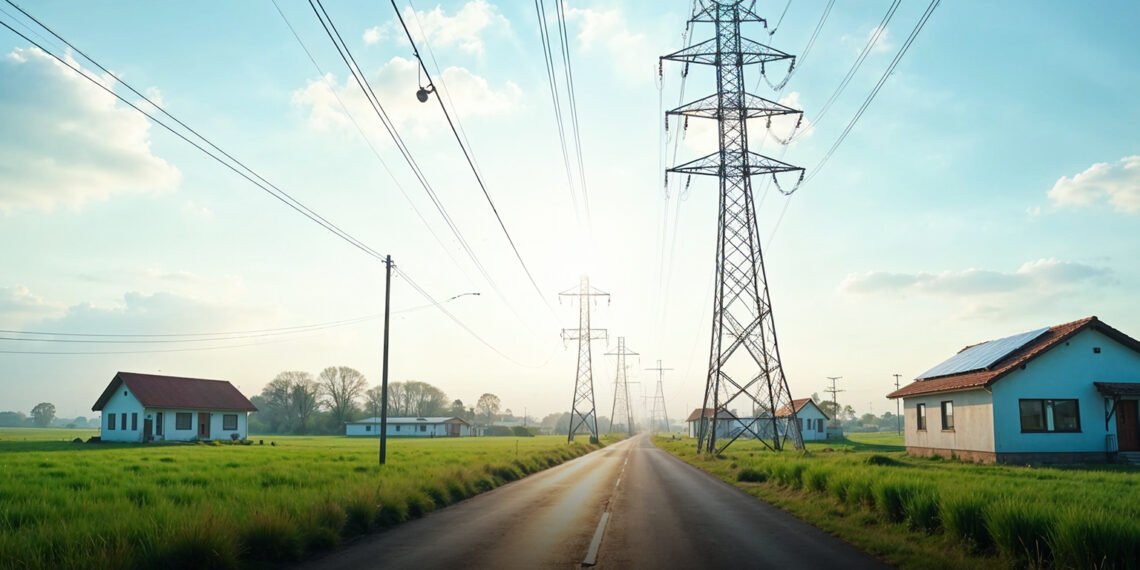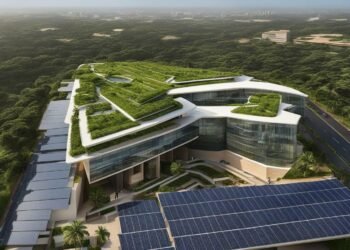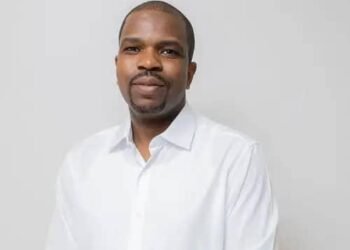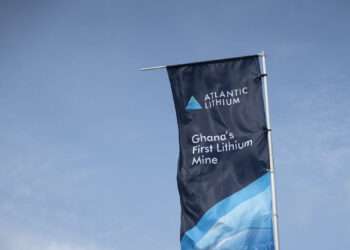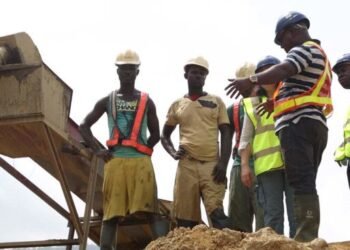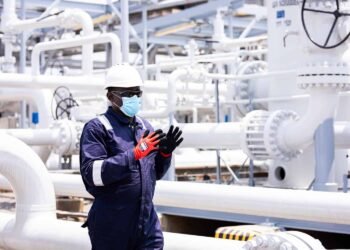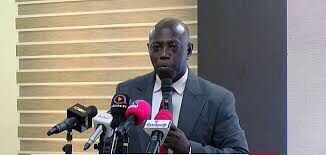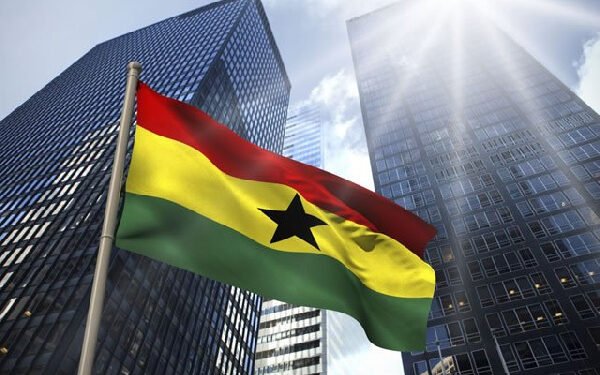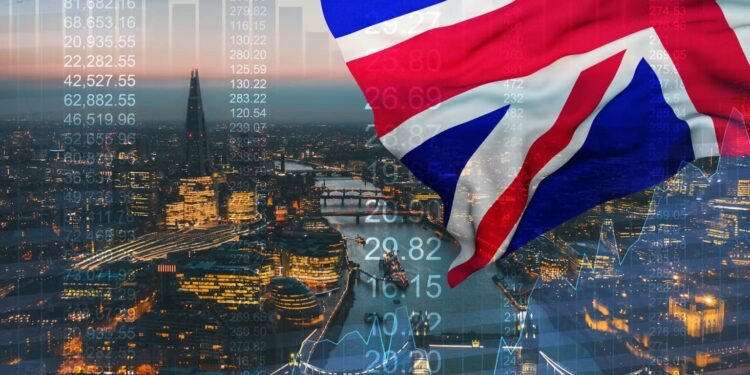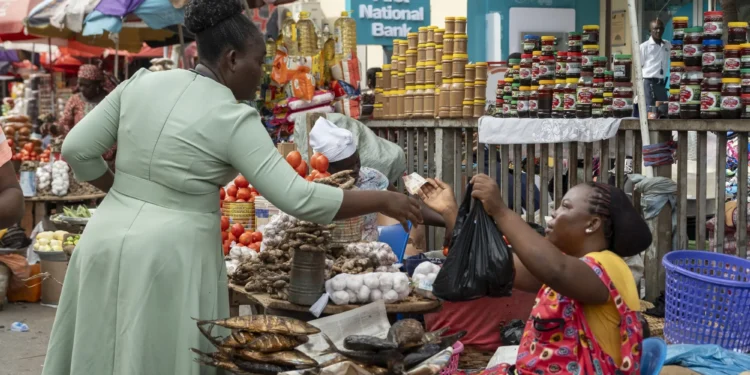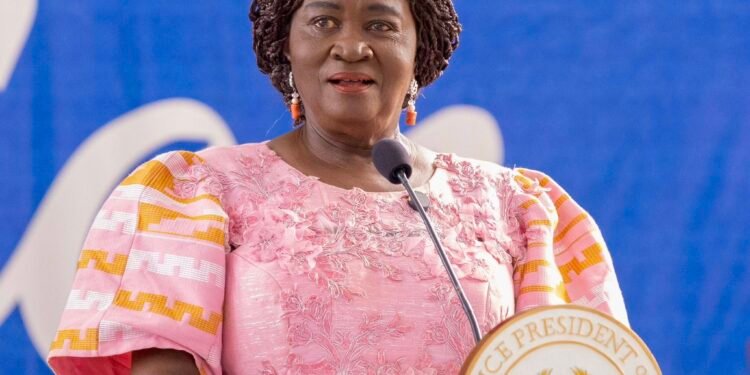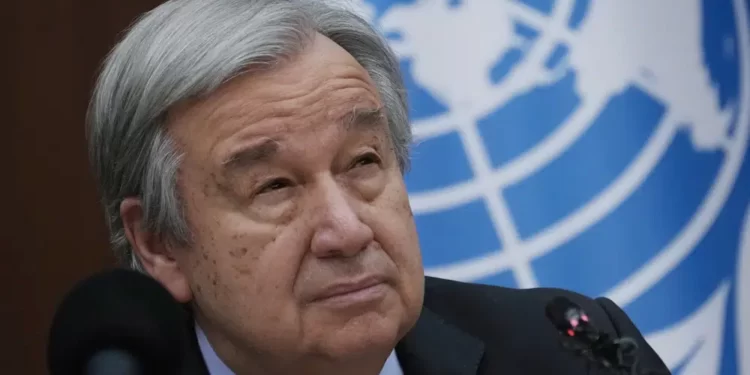A new report by the International Energy Agency (IEA) has revealed that investment in electricity access across Africa is increasing but remains far below the level needed to achieve universal access by 2035.
The report underscores that insufficient capital remains the biggest barrier to connecting the roughly 600 million Africans who still live without electricity, particularly in sub-Saharan Africa.
The report, titled “Financing Electricity Access in Africa”, provides the first comprehensive tracking of capital flows toward electrification projects on the continent. It estimates that $150 billion in investment or $15 billion annually is required over the next decade to close the electricity access gap.
“Less than $2.5 billion was committed for new electricity access connections in sub-Saharan Africa in 2023, the most recent year for which full data are available.
“While that is a quarter more than was committed in 2019, it still lags far behind what would be required to provide universal access by 2035.”
IEA Report
Although the 2023 figure represents a 25% increase compared to 2019 levels, the IEA warned that the pace of growth is not nearly fast enough to meet the target of universal access by 2035.
Public Finance Dominates, Private Capital Lagging
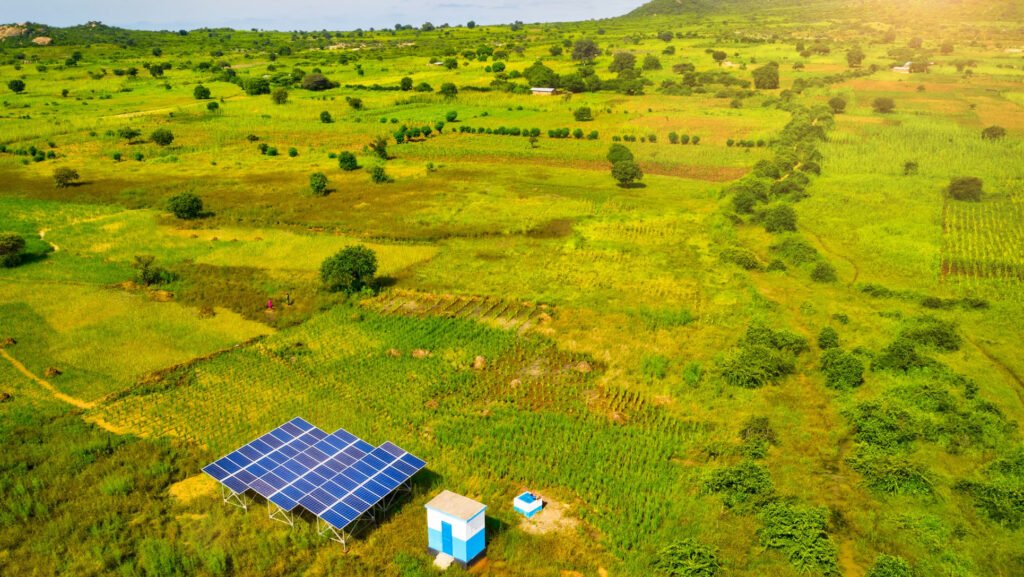
The report found that more than 70% of electricity access financing in 2023 came from international public sources, such as development finance institutions and donor governments, while the private sector contributed less than 30%.
The IEA cautioned that relying heavily on public funds is not sustainable, especially amid global economic headwinds, fiscal pressures, and cuts to development aid.
“In a scenario that reaches universal access in sub-Saharan Africa by 2035, overall investment is much higher, and 45% of it would need to come from private investment.”
IEA Report
To achieve this shift, the report recommends targeted regulatory reforms and the integration of electrification strategies into national planning and rural development programmes.
These measures, it noted, would stimulate electricity demand in underserved areas and make projects more attractive to private investors.
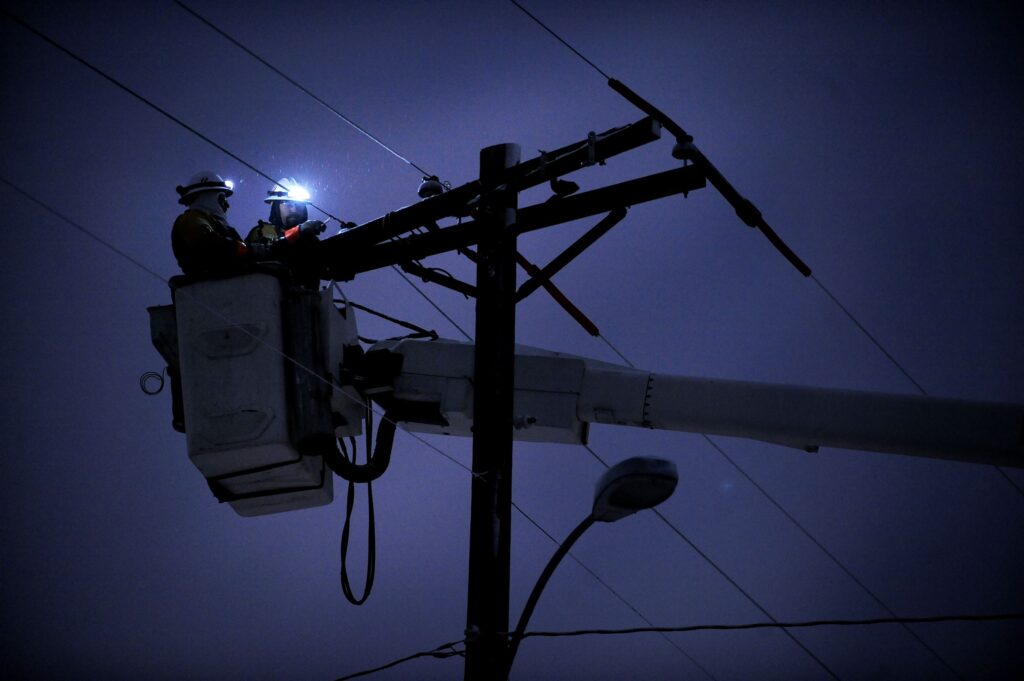
The IEA emphasised that concessional finance or funding provided at below-market rates will play a central role in accelerating access, especially in regions where private investors are reluctant to enter.
“Concessional finance resources would account for about 40% of total investment over the next decade on a pathway to universal access by 2035.”
IEA Report
These funds, it added, must be strategically targeted at communities and projects that cannot attract private investment including low-income rural areas, fragile states, and early-stage ventures.
Such financing could support technical assistance, capacity building, and risk mitigation to attract further capital inflows.
In addition, the report called for a tenfold increase in equity financing for electricity access projects, describing it as a critical lever to scale investment rapidly.
While grants remain essential, the IEA urged improvements to results-based financing schemes, ensuring that every dollar spent produces measurable outcomes.
Investment Skewed Toward Urban Centres
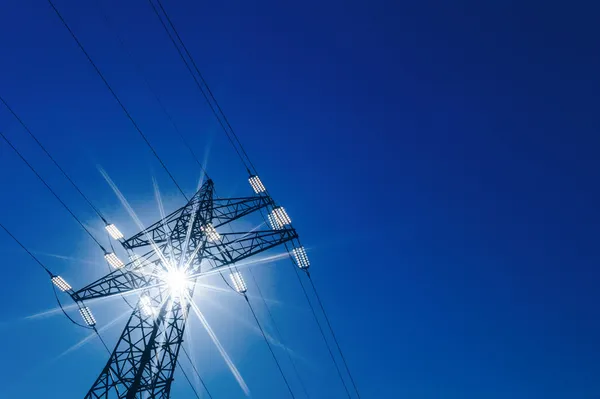
The IEA analysis revealed that half of all electricity access financing in Africa is concentrated in major countries, while the majority of the continent’s unconnected population remains underserved.
“Financing currently skews towards urban areas, even though 80% of the population without electricity access lives in rural regions.
“It is also geographically concentrated, with half of finance flows channelled to only six countries.”
IEA Report
To close this gap, the report recommends expanding decentralised energy solutions such as mini-grids, solar home systems, and standalone renewable power.
These, it argues, are not only more affordable and scalable but also capable of delivering energy to communities that are geographically or economically excluded from national grids.
The IEA also warned that electricity access alone is not enough affordability remains a major concern.
The agency estimates that about 220 million Africans roughly 40% of those without electricity cannot afford even a basic bundle of energy services, while 400 million people would struggle to pay for an essential bundle based on current income levels and subsidies.
“Beyond connecting households to electricity, additional finance of at least $2 billion per year is necessary to ensure that basic levels of energy service are affordable.”
IEA Report
It proposes using concessional financing to reduce costs and open pathways for private capital participation, while governments could introduce time-bound subsidies for low-income consumers or developers.
Pathway to Universal Access
Despite the daunting challenges, the IEA insists that universal access to electricity in Africa is achievable within the next decade, provided governments, private investors, and development partners coordinate effectively.
The report draws examples from Asia and Latin America, where similar access gaps were closed through policy coherence, private participation, and targeted finance.
The findings serve as a call to action for policymakers ahead of key international energy and climate summits, urging greater collaboration to ensure that no African is left in the dark.

